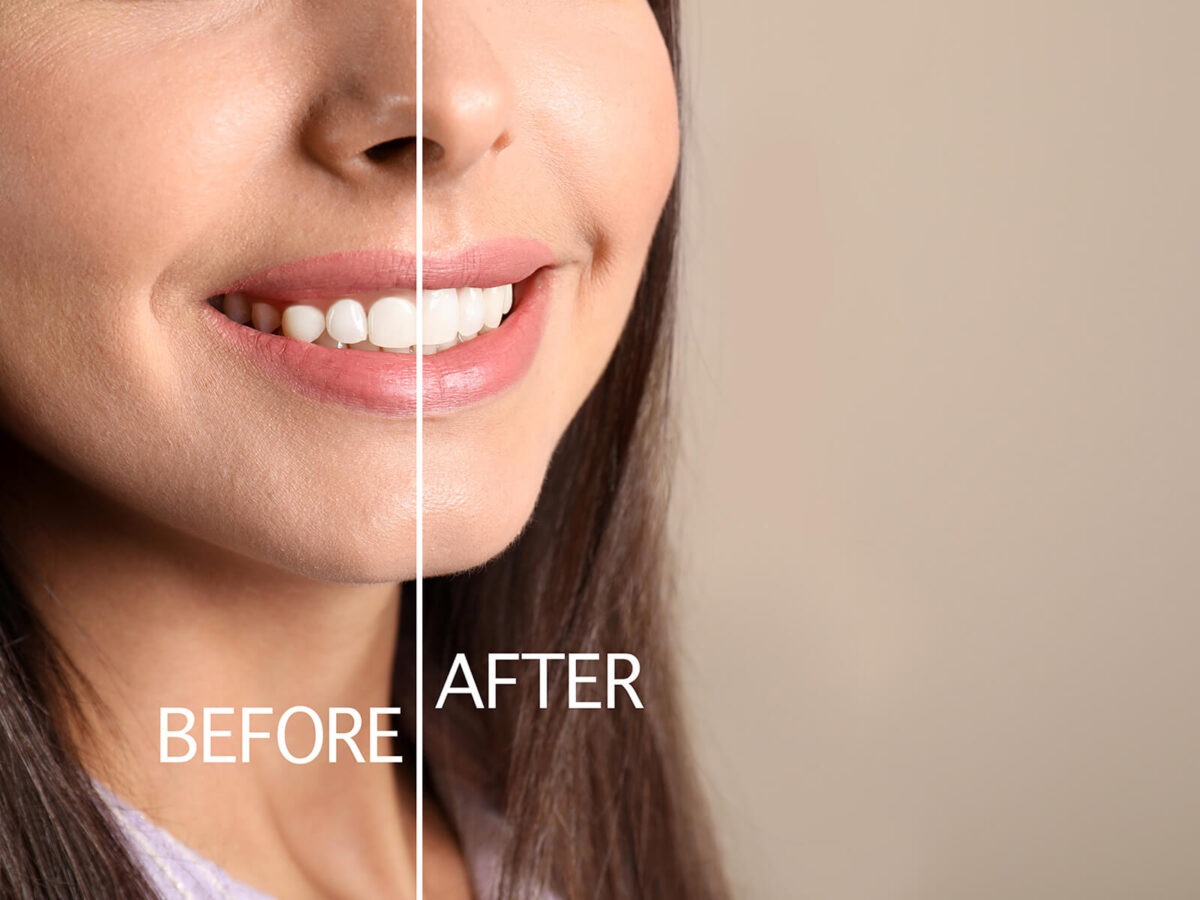Blog
Dental hygiene tips for healthy teeth & gums

Who Is A Good Candidate For Gum Contouring?
Gum contouring is an ideal surgical procedure to enhance your gums and beautify your smile. If your gums rest too low or too high on your teeth, gum contouring can adjust them to the proper level and reshape an uneven gum line. This cosmetic dental procedure can boost your confidence and provide the smile you’ve always wanted. The right shape of your gums can positively impact your overall appearance.
In this blog, you will learn more about tissue sculpting or gum contouring surgery and understand its risks and benefits to make an informed decision.
What Causes Uneven Gums?
Several factors can cause your gums to appear too high or too low. Ideally, gums should cover a portion of the teeth to provide appropriate support. Some individuals may have genetic predispositions that affect gum placement, while others might experience it due to specific health issues.
Conditions like gum recession can lead to uneven gums. This condition causes the gum tissue to recede from a tooth, exposing the tooth roots. This can make your teeth appear longer, and if not addressed in time, it can escalate to severe periodontal conditions. Uneven gums can also compromise the bone structure supporting the gums and lead to sensitivity in the dental roots.
Gum Contouring Procedure
While gum contouring is primarily a cosmetic procedure, it isn’t always just about aesthetics. Some periodontal procedures incorporate gum contouring as a component. These include crown lengthening, regenerative procedures, and pocket reduction.
In cases of gum recession, gum contouring becomes a necessary procedure. Exposed tooth nerves are shielded with tooth crowns for protection, and by adding gum tissue, many periodontal diseases can be prevented.
What to Expect in the Gum Contouring Procedure?
It’s essential to discuss the gum contouring procedure with your dentist. Typically, dentists use a pen to draw a line, marking the new desired gum line. This allows you to visualize the expected outcome before the procedure and understand how much gum will be removed or reshaped. Dentists employ tools like scalpels, lasers, and radiosurgery to execute the procedure effectively, using a local anesthetic to numb the area.
After the procedure, dentists often recommend painkillers to alleviate discomfort and advise patients to consume soft foods for several days. It’s best to avoid spicy or challenging foods until the gums have fully healed.
Risks Of Gum Reshaping Surgery
Like all surgeries, gum reshaping comes with certain risks. These include allergic reactions to anesthetics and the potential relapse of gum tissue. By choosing an experienced dentist for the procedure, you can minimize these risks. An expert in gum contouring can address such concerns and ensure a smooth surgical process.
Final Thoughts
Tissue reshaping or gum contouring surgery has become a common procedure. Many individuals opt for this treatment to enhance their appearance and achieve a more radiant smile. While it can significantly boost one’s confidence, it’s essential to remember that cosmetic dental procedures can be costly. Typically, dental insurance does not cover this surgery since it’s considered cosmetic.
For optimal results, it’s crucial to consult an experienced cosmetic dentist. Always review before-and-after images of previous work the dentist has performed related to gum line reshaping. Thorough research will ensure you achieve the desired outcome. A skilled periodontist can refine your gum line and accentuate your smile.


